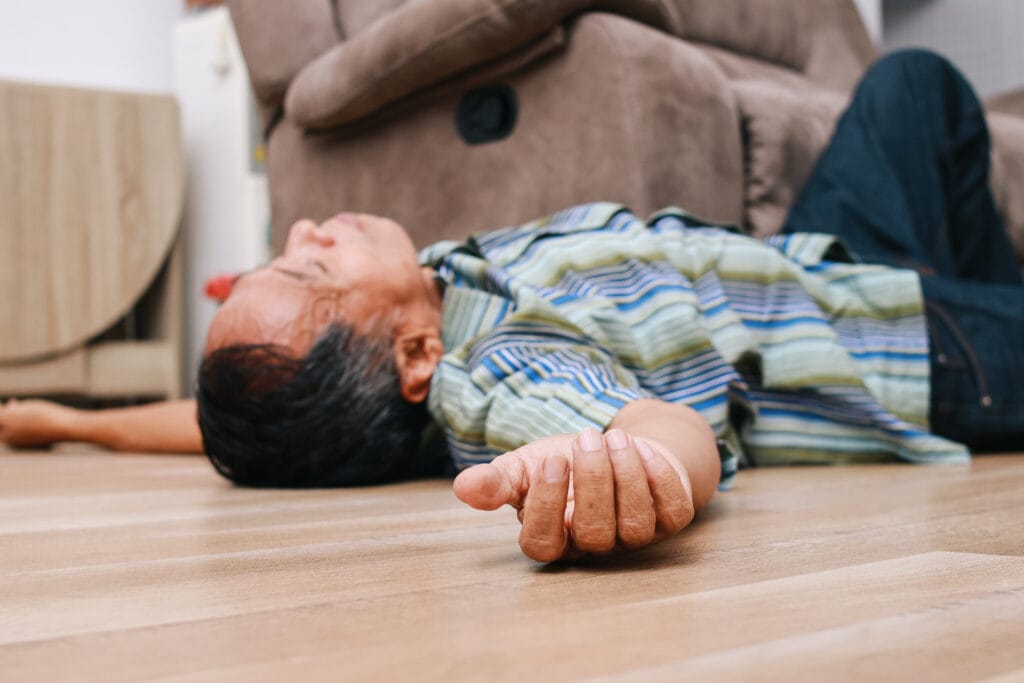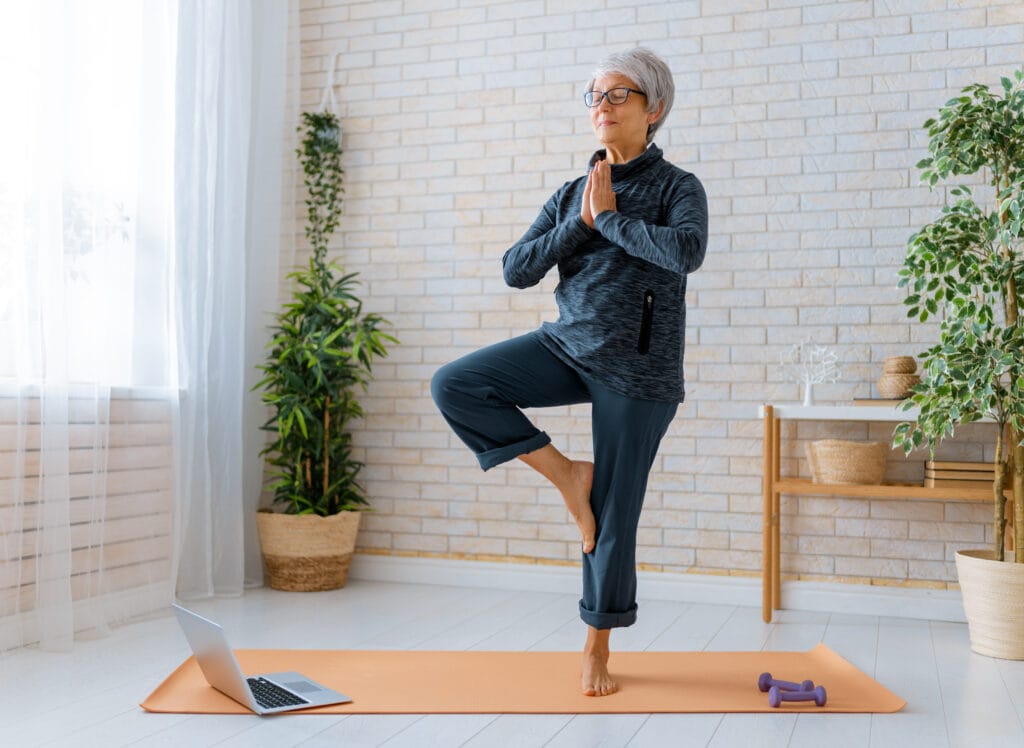Same topic
Topic “Bone and joint pain in the elderly” with you to learn the content.
Together to bring better healthcare solutions to the elderly.
-
Falls in the elderly
-
Weight loss regimen to prevent osteoarthritis?
-
Suitable diet for elderly with osteoporosis
-
Exercise regimen for people with osteoarthritis
-
How to take care of bones and joints for the elderly
-
Risk factors for osteoarthritis in the elderly
-
Weak Bones | Warning Signs and Diagnosis
-
Osteoarthritis, things not to be missed
-
Osteoporosis and what you need to know
-
Common musculoskeletal diseases
Falls are one of the common aging syndromes in the elderly. Falls can cause serious consequences, reducing the quality of life and health of the elderly.
In Vietnam, approximately 1.5 – 1.9 million elderly people fall each year. 5% patients are hospitalized for various injuries, of which 70% are fatalities due to accidents in people aged 75 and over.
Falls can be a sign of poor health and functional impairment, and are often associated with significant morbidity. More 90% case hip fracture in the elderly is due to falls. More importantly, the elderly are alone, more susceptible to falls and more susceptible to injury than other age groups.

How to handle falls in the elderly
In fact, the elderly should not be left alone at home. If children do not have the time or expertise to take care of them, they need to seek help from home care or companionship services to support, confide in the elderly, as well as help the elderly feel safer in a familiar environment.
First aid for elderly people who have fallen
Approach calmly, alert to any danger to the support person or victim.
Do not rush to move the patient – Assess immediately: Did the person react?
No response – check to see if the victim is breathing?
- If the victim is still breathing. Watch closely how they fell and carefully position them to keep their airway open.
- If the victim is not breathing. Begin CPR immediately and request a defibrillator immediately if available.
 Have a reaction
Have a reaction
- Try to determine how the accident happened, and whether there might be any medical causes such as a stroke, by talking slowly, not rushing them, or causing stress if they are confused.
- Identify the point of greatest pain and look closely for any obvious marks, bruising or stiffness that indicate an injury.
- If the victim is conscious and you think they may have fallen from a height or may have injured their neck or spine:
- Do not move them, do not place the victim face down, do not carry or piggyback the victim, do not take the victim to the hospital by motorbike or car.
- Try to keep your spine and neck as still as possible and do not let it bend.
- Call an ambulance and calmly reassure the victim until medical personnel arrive.
- If you see any wounds or bleeding, apply firm pressure with a clean gauze pad while waiting for first aid.
- If the victim begins to show signs of shock – lay them on their back, elevate their legs and get medical help.
If there is no obvious injury or medical cause
- Carefully and very slowly assist the casualty to sit up – observe them carefully for any signs of pain, discomfort or dizziness.
- Check carefully to make sure there are no unseen injuries – this is especially important for diabetics as they may not feel obvious pain.
- Monitor the victim carefully for the next 24 hours.
Preventing falls in the elderly
To effectively reduce falls, we cannot intervene on just one or a few risk factors. Multifactorial interventions tailored to each individual will be effective in reducing falls risk.
Home safety
- Remove anything that could cause you to trip.
- Fix the electrical cord close to the wall, install additional electrical outlets.
- Secure to keep rugs from slipping.
- Store frequently used items within easy reach.
- Place grab bars beside and inside the bathtub as well as next to the toilet.
- Place non-slip mats in the bathtub and on the bathroom floor.
- Increase the brightness of the light bulbs in the house.
- Wear well-fitting shoes, or use appropriate assistive devices when moving around in and out of the home.
Strength and balance training
Practicing sports that aim to improve muscle strength, gait and balance can help reduce the risk of falling, such as yoga and taichi.

Prevention of orthostatic hypotension
Talk to your doctor about reducing your blood pressure medications. In addition, you should change positions slowly and drink enough water.
Improve eyesight
If the patient has vision loss, see an ophthalmologist because the patient is at increased risk of falling. If the vision loss is due to cataracts, cataract surgery may reduce the risk of falling.
Suitable footwear
Patients are encouraged to wear supportive shoes both indoors and outdoors. Shoes that fit well, have a low, stiff sole, and have laces should be chosen. If you have foot problems, see a lower extremity specialist.
Vitamin D supplement
Patients at high risk of falling should vitamin d supplement if they do not get enough vitamin D in their diet, or if their vitamin D levels are low.
Are you looking for home or facility-based care?
Hio is a pioneering platform providing comprehensive and personalized elderly care services at home and medical facilities. No additional costs, change caregivers without additional costs, immediate refund if customers are not satisfied, care information is continuously updated to ensure peace of mind for families.

 Have a reaction
Have a reaction



